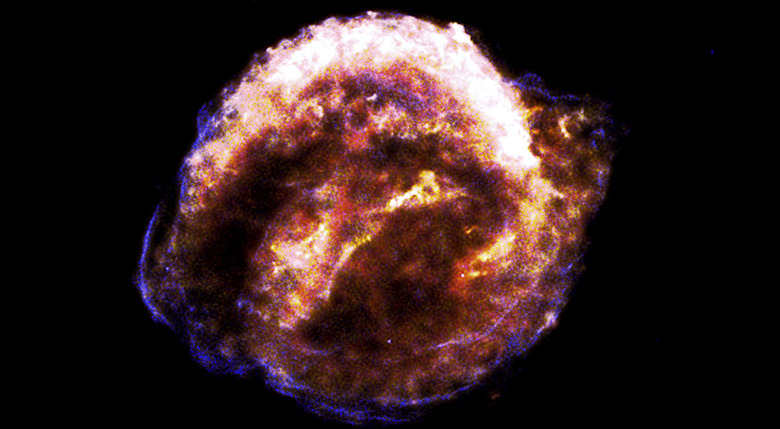Astronomers Spotted A Supernova So Close That You Can See It With An Amateur Telescope
The legendary Japanese astronomer Koichi Itagaki made a dazzling discovery recently, capturing observations of a visible supernova so close to Earth that astronomers have been able to spot it with amateur telescope setups. The supernova was found in the galaxy M101 and has been designated SN 2023ixf.
This particular supernova is so intriguing because it is so close to Earth, allowing an assortment of astronomers and skywatchers to get a possible view of it without needing expensive equipment to pull it off. Itagaki, the original observer of the supernova, has contributed quite a bit to astronomy, too, so it isn't surprising to see him continuing to spot exciting events in the cosmos.
Look in the upper arm of this galaxy- you'll see a star appear to blink in and out of existence. That's a supernova! Very recently discovered in m101: the Pinwheel galaxy (which I happened to be shooting when this happened) pic.twitter.com/8hvplfXNtd
— Andrew McCarthy (@AJamesMcCarthy) May 20, 2023
The M101 galaxy is also known as the Pinwheel Galaxy or Messier 101. The galaxy is part of the Ursa Major constellation, and the supernova was first observed being visible on the evening of Friday, May 19. The magnitude of the supernova was measured to reach 14.9, and a bright auroral display filled the night sky that same day.
All indications point toward SN 2023ixf being a Type II supernova, marking it as the catastrophic death of an aging supergiant star. These types of supernovas often happen when massive suns fuse simpler elements into complicated ones, causing energy to pulse and push through the surrounding area. However, because it takes immense energy to fuse with iron, the stars collapse, unable to fuel the energy needed to stabilize themselves.
The display was quite beautiful, and many astronomers took to the night sky with their telescopes to catch sight of the supernova while it was visible within M101. Some astronomers watching the sky that day include Andrew McCarthy, who has made a name for himself by capturing beautifully detailed photos of the Moon, the Sun, and even other cosmic events.
